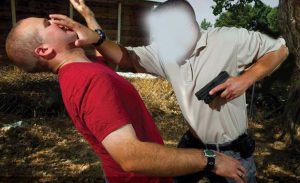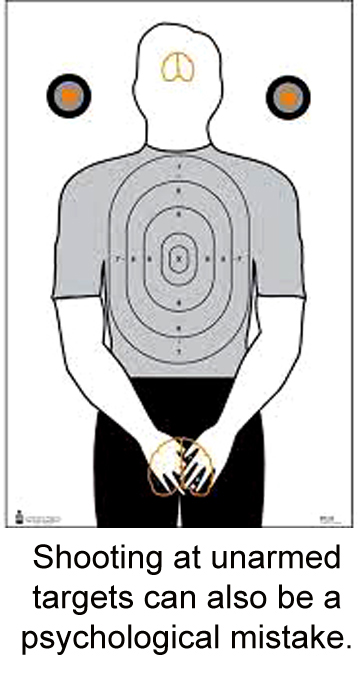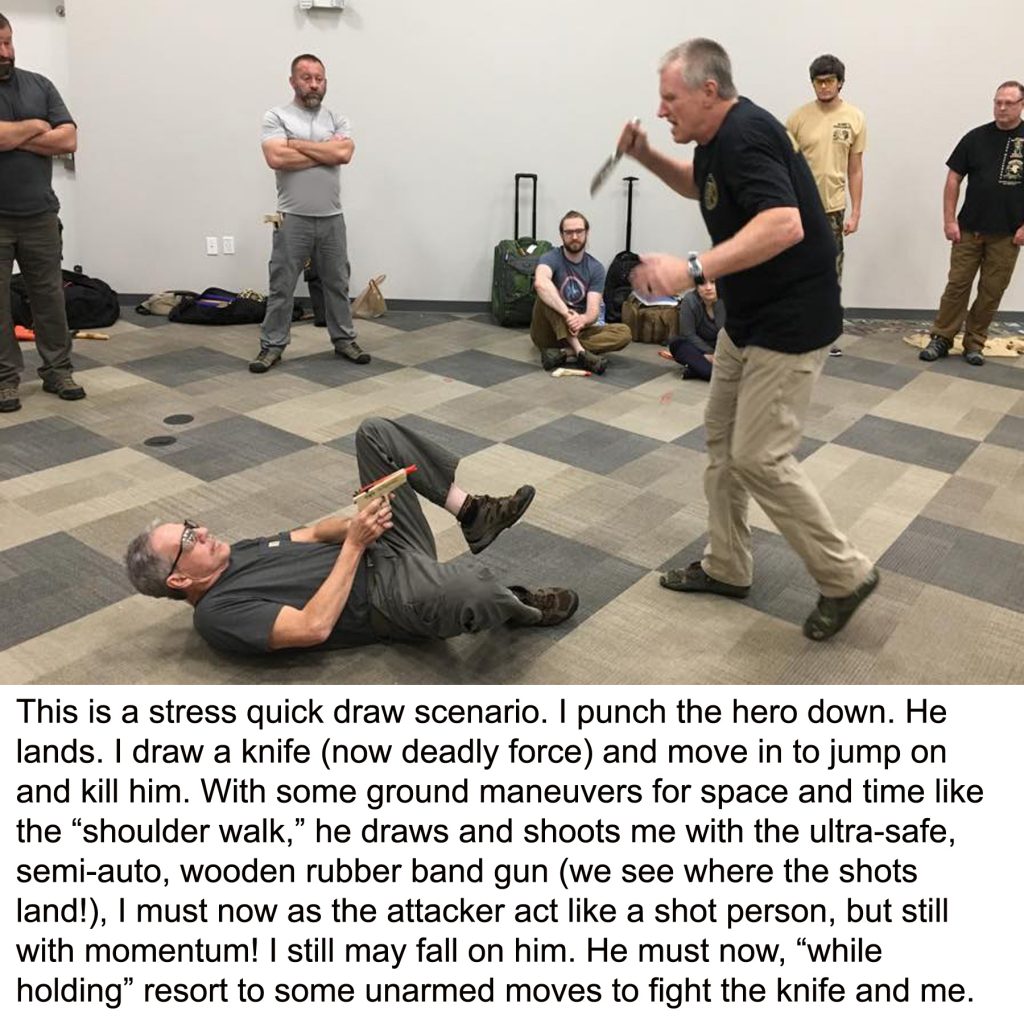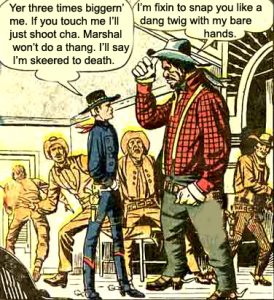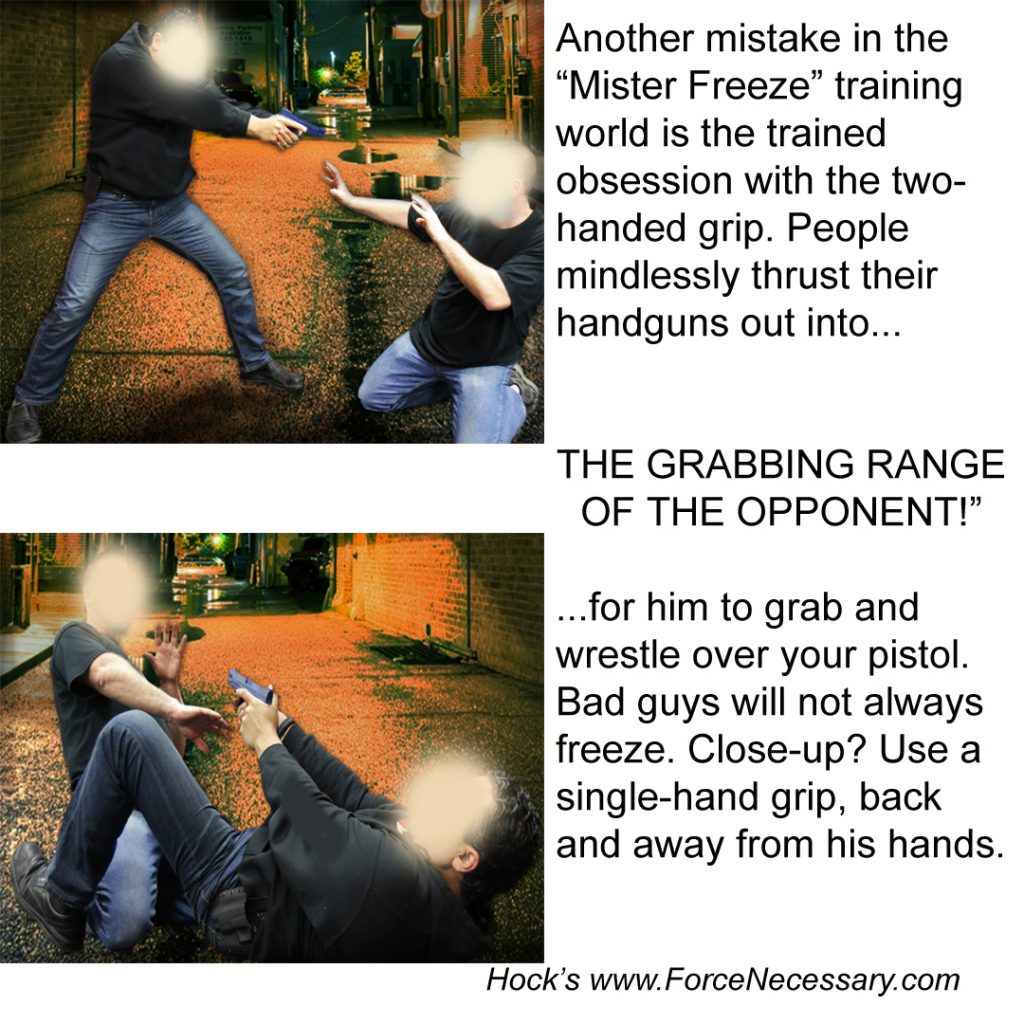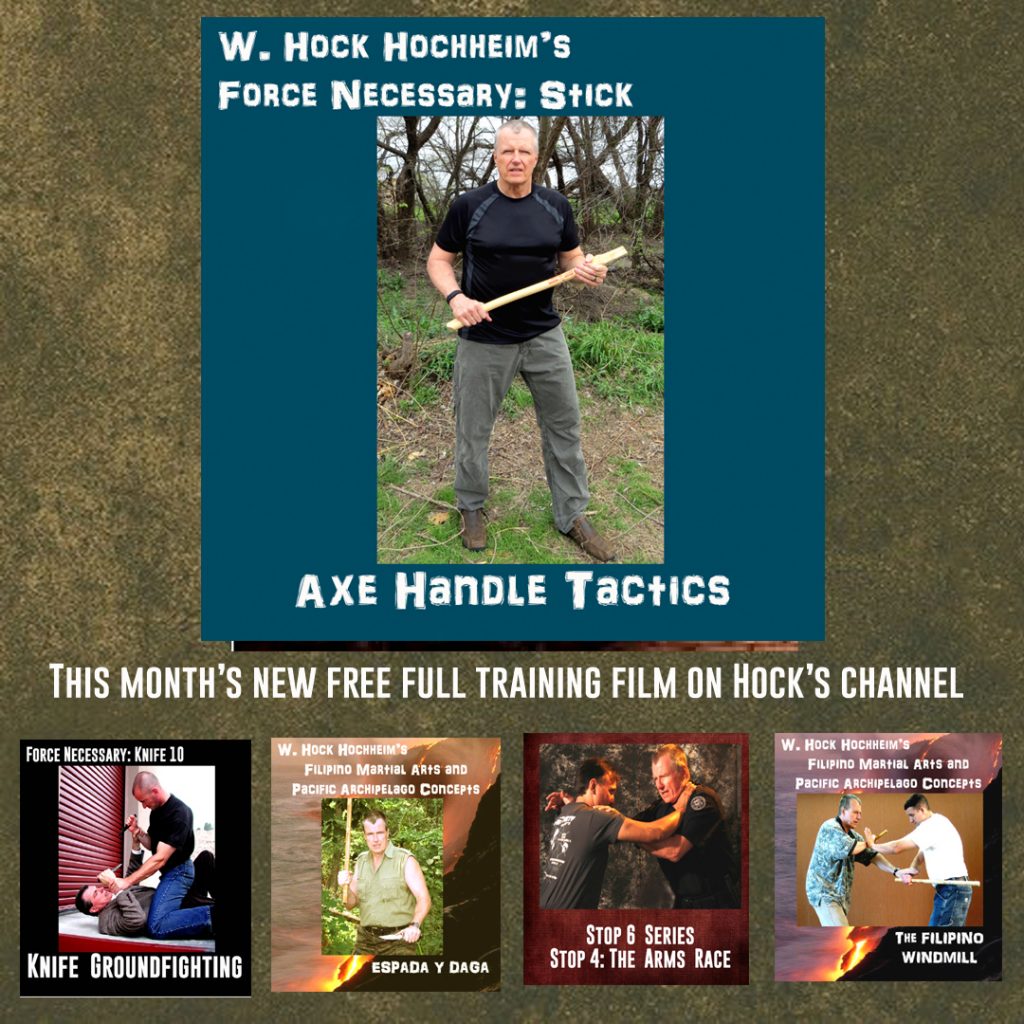See something interesting about this photo from a gun magazine? Anyone? Can you spot it?
Two guys. Apparently a fight has started. But some readers and viewers haven’t spotted it yet? The bad guy is…unarmed. No knife. No gun. Your eyes may glaze over the fact because we see the likes of it so often. Unarmed, yet our hero has decided in this unarmed scuffle, to pull his pistol. Will he threaten or shoot the unarmed man? We don’t know? Because so many published demonstrations end with the gun pull, like this as the last frame. But, in several ways, pulling a gun is a new beginning, not an end. Pulling a handgun is a “last resort” option. You shoot an unarmed person and now all the ugly “after” of the “before, during and after” begins. Is the gun pull on an unarmed man the end? Or the beginning? Why “freeze” there.
Many gun and martial magazine photos, web films fail to tell us what happens next. Did this able-bodied man decide to…to draw and shoot this unarmed man? This is a particular problem in modern police training films also – as we commonly see barefoot police on mats, wearing gun belts and drawing rubber pistols on unarmed people in arrests scuffle exercise. The scenario ends with the pistol pull. Ends? Who? What caused this? Where? When? Why for? How come? What happened next? I don’t know. You don’t know. We often just get the gun-pull photo or short film flashed ending in our head, working its way into a subliminal “okay” ending. I have had to arrest a lot of people, struggling with many, they were unarmed and I never dreamed of pulling my pistol unless something really drastic happened, like him pulling a weapon.
Questions unanswered. Where is the real finish to the fight? I have worked many shootings and murders through the decades as a police investigator. I’ve attended dozens of schools on this subject. I’ve also been “taken to legal-reality school” by vet prosecutors, vet criminal defense attorneys and courtroom testimony. We investigate, indict and move to prosecution, (no matter what country the process is in) and I learned the cracks, the elements, the loopholes and yes, the distortions that can exist in each case. The simple becomes complex. The small-big. The big-small. Shooting someone is a financially and emotionally expensive rollercoaster ride. Trust me when I say that the gun pull is a last resort move for you, for who you are.
Oddly and interesting, many gun magazines and youtube films, the better ones, spend a lot of time discussing self defense, legal issues, yet there is this unfinished detachment found when exercising, drilling.
The “Mister Freeze” Finish – If you have been “around,” I think you’ve seen this draw- and-freeze, in training, books, magazines and videos. Think about it for a moment, the photo spreads and films of standing or grounded folks ending with a pulled rubber gun pointing at an attacker. The attacker is often unarmed. And if the attacker is armed with say – a knife and about to plunge down? The knifer still just freezes at gunpoint like a statue when the rubber gun is pointed at him. Even if a charging knifer was shot, (see below photo) he could still fall down on you in a gurgling, wounded mess. The knife still very much an after-shot danger, something the shooter needs to experience in training. Freezing is not good realistic, legit finish.
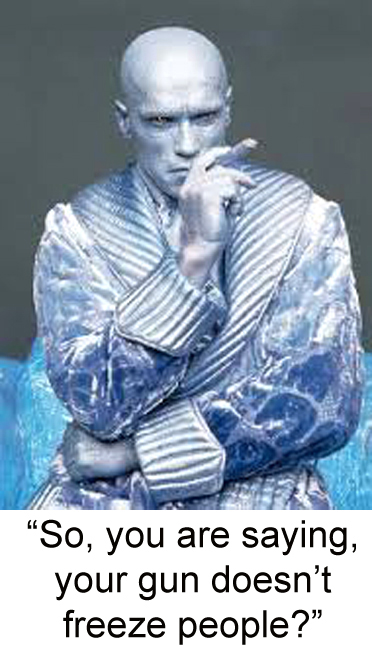
Beginnings Through Endings. Where does this stress draw fit in the bigger situational picture of a shooting? Here are the big events of draw decision, far more from just shoot-don’t shoot.
- Event 1: There-Not-There. Why are you there? Or then, why are you still there?
- Event 2: Draw-Don’t Draw. Getting the gun “out.”
- Event 3: Aim/Don’t Aim. The gun can be drawn out but not pointed. Threaten off? Scare away? How do you do this? Another whole essay.
- Event 4: Shoot-Don’t Shoot. Now you are aiming. Threaten off? Scare away? How do you do this? Must shoot? Another whole essay.
- Event 5: Stay-Don’t Stay. For many in certain circumstances this might be an option, or sometimes the only option. The “orderly retreat.”
Every one of these 5 events requires a full lecture and a physical exercise or two, three, to actually experience, with safe, simulated ammo. You might conjure up some live-fire-on-target versions to support them.
This Shoot-Don’t Shoot Conundrum. In the who subject of “who are you?” My friend and very smart, NRA Texas gun Instructor Karl Rehn, owner of KR Training reminds, “One of the flaws in the presentation of this all this unarmed combatives material (and people’s perception of it) is that all the demos in magazines and films involve young, fit, male people fighting other young, fit, male people. To those that are martial arts enthusiasts, it’s easy to believe in the outcome of winning in an unarmed fight. That’s not true for all gun carriers, many of whom are older, weaker or simply do not have any training or confidence in their skills.”
Fighting like this is not golf or tennis, maybe a bit like football, rugby or Australian “Footie.” Certainly more like MMA (which is superior to BJJ in material and intent). It strikes. It’s rough. It’s tumble. People can and do get hurt in training. The vast majority of gun owners worldwide can’t, don’t and won’t work on this…this sort of “Gun-MMA” for a variety of reasons most won’t-can’t do any exercising at all.
In this same vein, one of my long time students years ago was very successful heart surgeon. He was about 55 years-old and in moderate-to-good shape. He always worked out in our hand, stick, knife, gun materials. He does well enough with it all, but routinely proclaims aloud that, “if some young punk tries to rob me, unarmed or not, I can’t fight with him. I’m an old man. I am shooting him dead.” What can you say to that? It is all very, very situational. He’s already heard all my speeches, warnings, advice and worked through the shoot/don’t shoot exercises. I just say, “Well…okay, Doc, I hope that works out for ya.”
Old friend and attorney David Kenik wrote in Shooting Times “Bubba is heading right for you, smacking his fists together and yelling that he is going to beat you to death. You are scared for your life and rightfully so, but the advancer is unarmed. Can you you use your firearm to defend yourself? The answer is 100%, unequivocally, positively…MAYBE!”
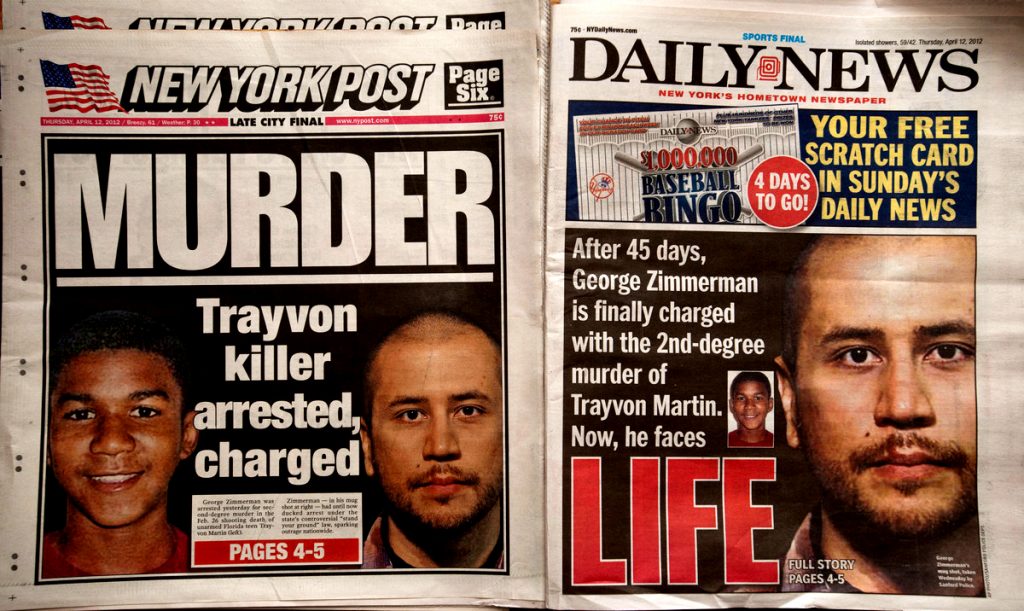
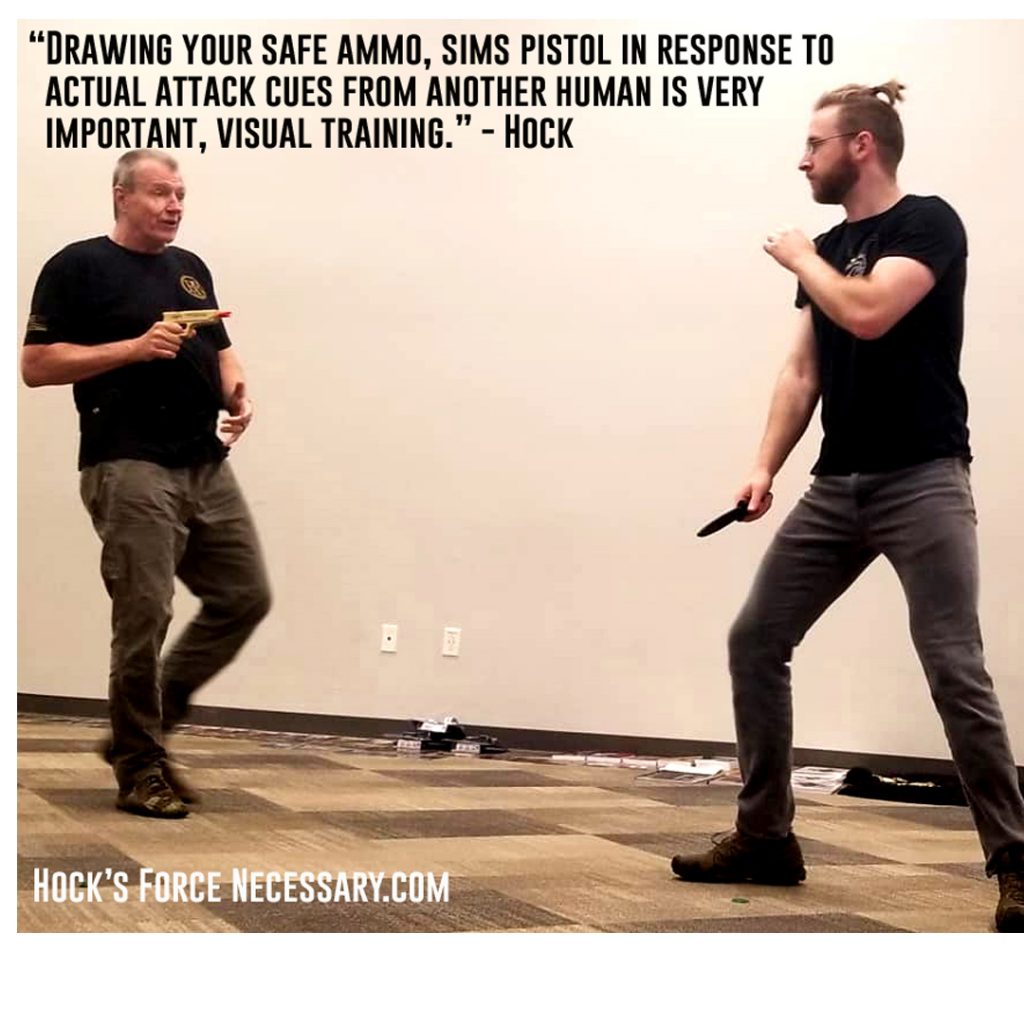
Solo Pictures and Series of Photos. It will always be difficult trying to convey a big lesson, and the context of such, in one single photo, or even a photo series. It’s a real challenge for authors, magazines, books, even short films. Because of this, we must be careful of the unintended consequences from these words and images being scattered around. Are you inadvertently training to shoot unarmed people?
- Read up on the precise laws of “fear of life,” “lethal force,” “self-defense,” “imminent, bodily injury, “stand your ground,” “retreat,” etc, with examples, click right here.
- Read the great Massad Ayoob’s coverage of some of these cases: Click right here
____________
Hock’s email is Hock@hockscqc.com
Watch free, full training films at Hock Combatives Youtube Channel. Click here
